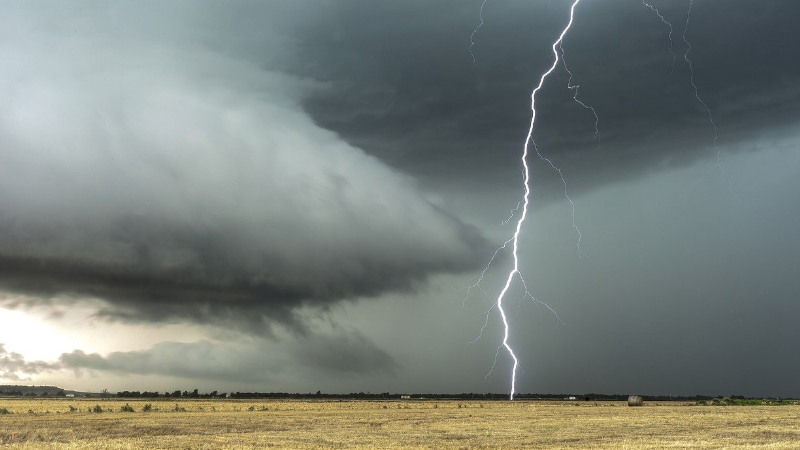Lightning is fascinating to watch but is also extremely dangerous. In the United States, there are approximately 25 million lightning strikes every year. Each of those flashes is a potential killer.
While lightning fatalities have decreased over the past 30 years, it remains a threat that needs to be taken seriously. Too many people wait far too long to get to safe shelter when thunderstorms approach. These delayed actions lead to many of the lightning deaths and injuries reported each year.
Although lightning strikes peak in summer, people are struck year-round. In the U.S., an average of at least 20 people are killed each year by lightning and hundreds more are severely injured. Some survivors suffer lifelong health problems.
Outdoor Safety
- There is NO safe place outdoors when thunderstorms are in the area!
- Plan ahead before going outdoors. Have a way to get the latest weather information Know what to do and where to go if storms develop.
- When you hear thunder, immediately move to a safe shelter: a building or an enclosed, metal-topped vehicle with windows up. Do NOT seek shelter in dugouts, under a picnic shelter, or other non-sturdy structures.
- Wait at least 30 minutes after the last rumble of thunder before heading back outdoors!
Outdoors-But Safe Shelter Is Not Nearby
If you absolutely cannot get to safety, there are ways to slightly lessen the threat of being struck. But don’t kid yourself, you are NOT safe outdoors! Before you head out, know the latest forecast.
- Avoid open fields and elevated areas such as hills, mountain ridges, or peaks. Stay away from tall and isolated objects such as telephone poles and trees.
- If camping in an open area, head for a valley, ravine, or other low areas. Tents offer NO protection!
- If you are in a group, spread out to avoid the current traveling between members
- Immediately get out of and away from water and wet items. Stay away from any object that conducts electricity (barbed wire fences, power lines, windmills, etc).
Indoor Safety
- Avoid anything that puts you in direct contact with electricity (plugged into a wall).
- Avoid plumbing. Do not wash your hands, bathe, or wash dishes.
- Stay away from windows and doors and stay off porches.
- Do not lie on concrete floors and do not lean against concrete walls.
- Protect your pets! Dog houses are not safe. Do not leave pets chained up outside.
For additional safety tips, visit weather.gov/safety.






































